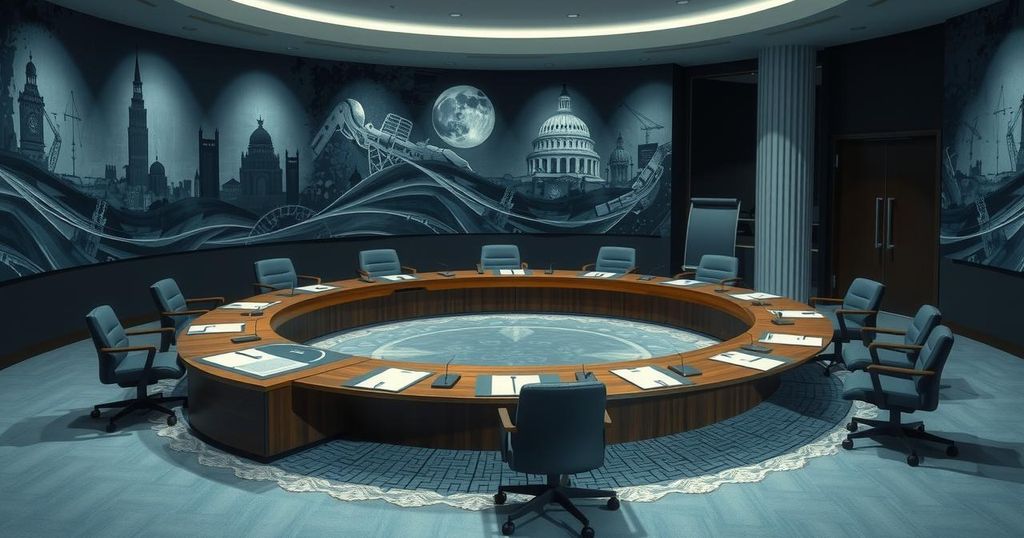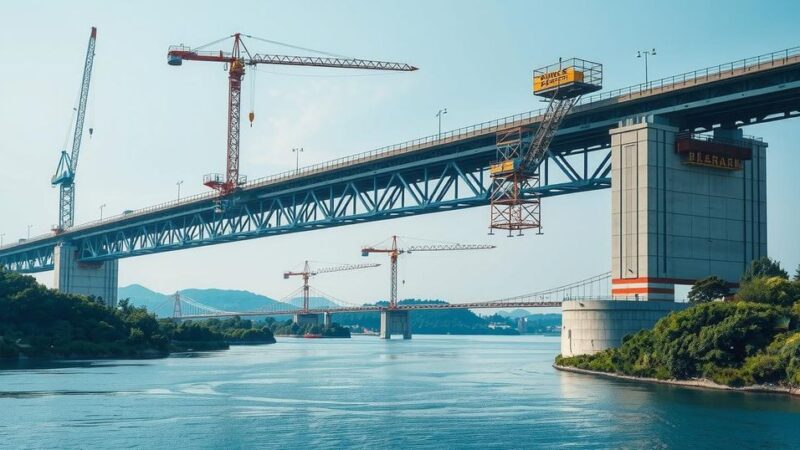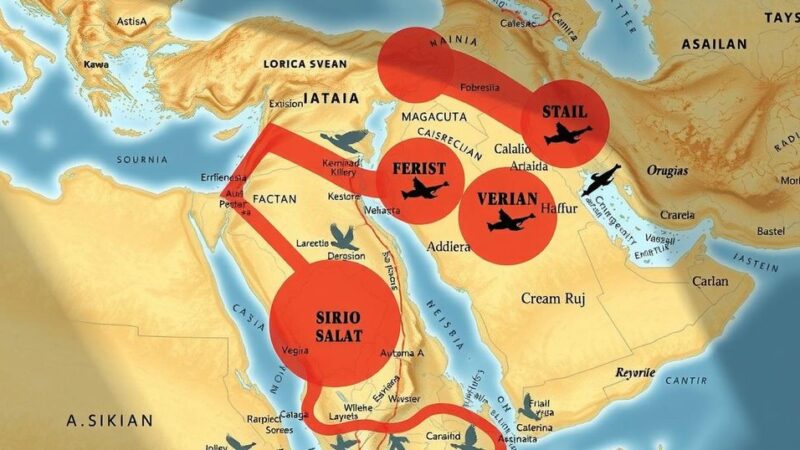U.S. President Donald Trump is shifting focus to Iran, seeking nuclear negotiations amidst changing Middle Eastern dynamics. This follows Iran’s losses in regional conflicts and evolving U.S.-Russia relations. Iran’s participation in talks with China and Russia coincides with concerns from the UN over its uranium stockpile. The situation remains tense, with both sides expressing wary positions yet acknowledging the need for dialogue.
The current focus of the U.S. administration is shifting towards Iran, amid significant geopolitical changes in the Middle East. President Donald Trump has initiated a new ‘maximum pressure’ campaign, reaching out to Iran’s leadership through a letter urging negotiations on their nuclear capabilities. This initiative follows substantial losses experienced by Iran’s proxies in conflicts, specifically with Israel, as well as increased U.S. cooperation with Russia to mitigate tensions across various regions.
Iran has displayed mixed signals regarding its openness to dialogue but is scheduled to participate in nuclear discussions with China and Russia. These talks aim to address Tehran’s nuclear program and the potential lifting of sanctions. Prior to these discussions, the UN Security Council convened privately to address concerns about Iran’s uranium stockpile nearing weapons-grade levels.
In his communication, President Trump emphasized his preference for negotiation over military actions, highlighting the perceived weakening of Iran following recent conflicts. However, Iranian President Masoud Pezeshkian firmly stated that negotiations cannot occur under the shadow of threats. In response to the UN’s deliberation, Iranian Foreign Minister Abbas Araghchi condemned the meeting as a questionable show of goodwill by the initiating states.
Despite its denial of ambitions to develop nuclear weapons, Iran has accelerated its uranium enrichment efforts, raising alarms. The International Atomic Energy Agency noted Iran’s enrichment levels are climbing significantly, now approaching 60% purity. Meanwhile, Ayatollah Ali Khamenei dismissed calls for discussions, characterizing them as coercive tactics.
Iran, alongside Russia and China, has also commenced joint naval exercises in the Gulf of Oman, further showcasing military collaboration. This new round of dialogue reflects an urgent need for a negotiated solution to ongoing tensions; a follow-up meeting is anticipated later this month to ensure expert-level discussions continue as proposed goals are pursued.
The evolving dynamics of U.S.-Iran relations reflect a complex interplay of diplomatic efforts amid military and geopolitical challenges. As President Trump pushes for negotiations on nuclear capabilities, Iran’s mixed signals and military responses indicate a cautious approach. The upcoming discussions present both opportunities and hurdles, highlighting the delicate balance required for any meaningful resolution in this fraught region.
Original Source: www.thenationalnews.com






